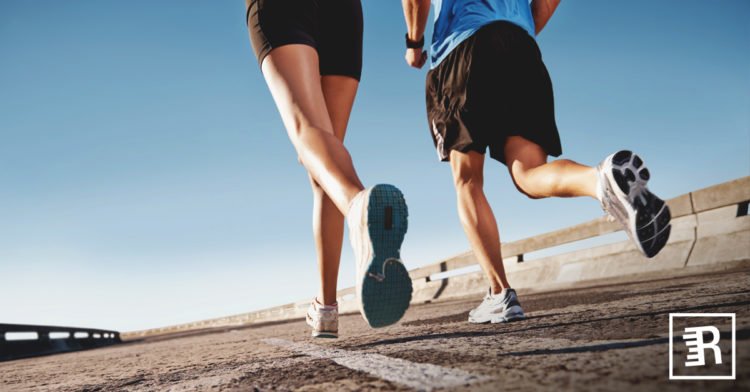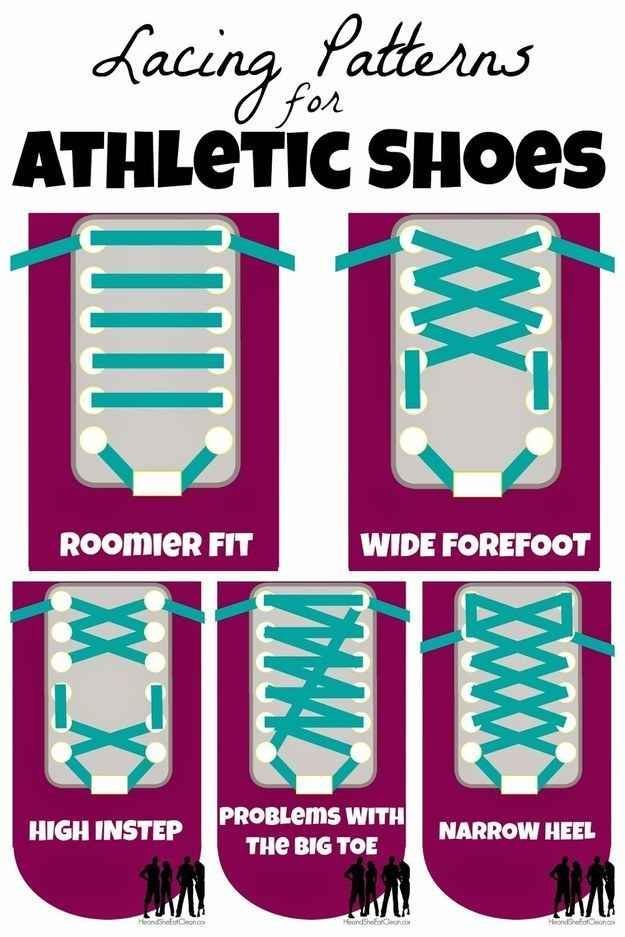There’s nothing worse than running with blisters. Stitches come and go; muscle spasms start and stop but blisters, now they can be the real killers! When you’re in the groove and in a good training routine, the reality is that blisters can get in the way and dampen progress.
When you feel one beginning to form, there are certain preventative measures you can put into place. These may stop the blister from forming altogether or it may calm the solution and decrease discomfort.
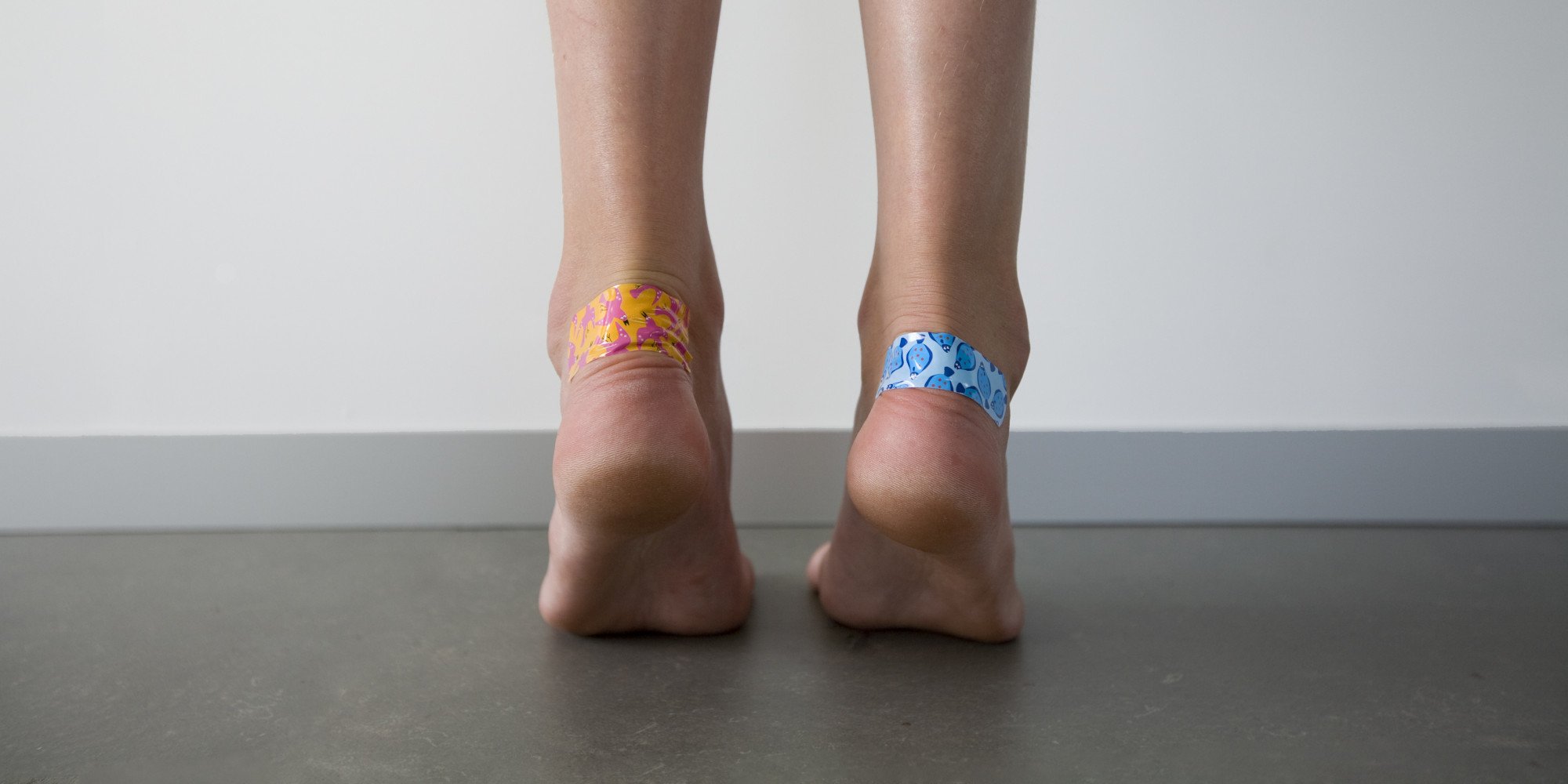
The Problem with a Bad Fit
It’s reasonable to conclude that any shoe with a bad fit is a blister waiting to happen. Too small, too big, too anything! If it’s not a snug comfortable fit that gives feet enough ‘wiggle room’ without being too much, you’re gonna’ experience issues.
No doubt you’ve felt it: the blister forming and rubbing on your heel. Maybe it’s your little toe suddenly pulsing with an unignorable irritation. Maybe its the very worst – a burn underneath the ball of your feet. No scenario is pleasant especially when you have training, races or general running practice to keep up with.
Whilst blisters are one of the few injuries you can keep running with, they are also one of the most annoying. Catch-22 is you keep running and the healing process is ten times as slow.
How do blisters even begin to form though? Understanding this will also help us see how the wrong running shoe can promote these conditions and encourage one forming.
How Blisters Begin
When talking about running shoes, a blister usually comes down to one of the following:
- Heat – when your feet become too hot, it puts extra stress on your skin therefore making it vulnerable to irritation. This is why a well-ventilated running shoe made from breathable materials is a must.
- Moisture – sweat can pose another potential danger to blisters forming. The rain can cause moisture to seep through and once your foot is wet, skin gets soft and may become broken. What’s interesting is that your feet also take on a tougher texture which causes your sock to rub against the skin. The friction caused as a result will promote a blister forming. Because running is such a repetitive motion, the same spot is aggravated even more causing danger spots to worsen.
These uncomfortable elements cause your skin to thicken or blister to protect itself from a painful motion.
How Your Running Shoes Present a Blister Risk…
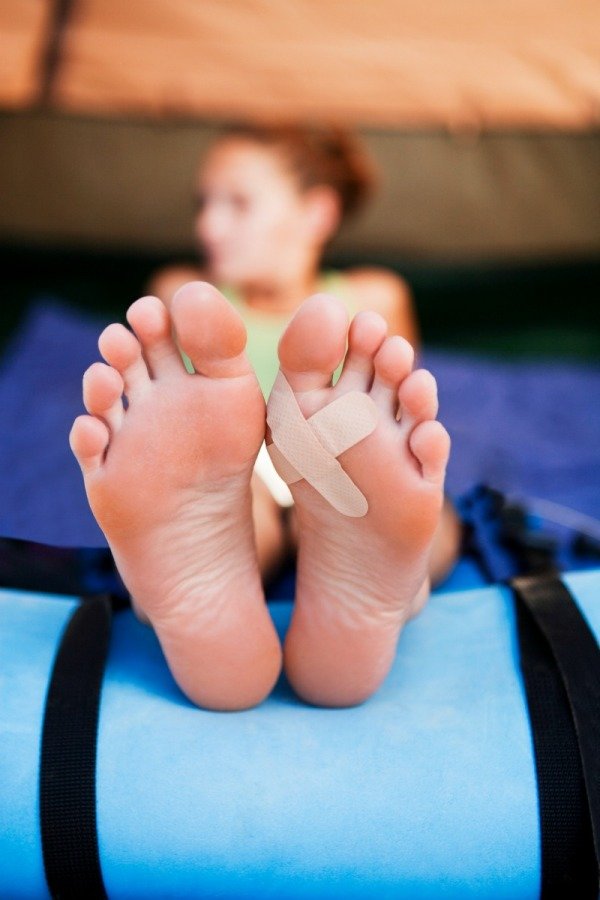
If you have a shoe that fits perfectly, it doesn’t mean you’re never going to get a blister. However, there are general guidelines to be followed if you want a running shoe that doesn’t pose a risk to your feet’s well-being.
When you get a really good fit, you’ll know it. The laces then work together with the shoe structure to get the best fit possible.
It’s often overlooked how shoes which are too big can be just as bad as shoes which are too small according to Dr. Brant McCartan. If you are someone who covers many miles when they're running, or even walking, great fitting trainers should be top priority.
Shoes that are too small will rub and compress feet yet shoes with too much space causes feet to move too much. This again rubs your skin and can causes problems beyond blisters such as calluses and runners toe.
Choosing Trainers for the Best Fit
You may know the ‘rule of thumb' to a good trainer fit is a thumbs width between your longest toe to the end of your shoe. Maybe this method has been passed down throughout the generations but we wanted some concrete advice based on sound reasoning.
We can look to the field of sports medicine to give us some solid techniques when searching for running shoes or checking our own. Paul Langer quoted on Running World to try on shoes at the end of the day. This is because your feet will be bigger from all the day’s activities. They swell when you run too so after a jog is a great time to test the fit.
Another thing you can do is get your feet measured in a running store. Getting specific measurements for your width and length will help you know your feet’s specific dimensions instead of second guessing.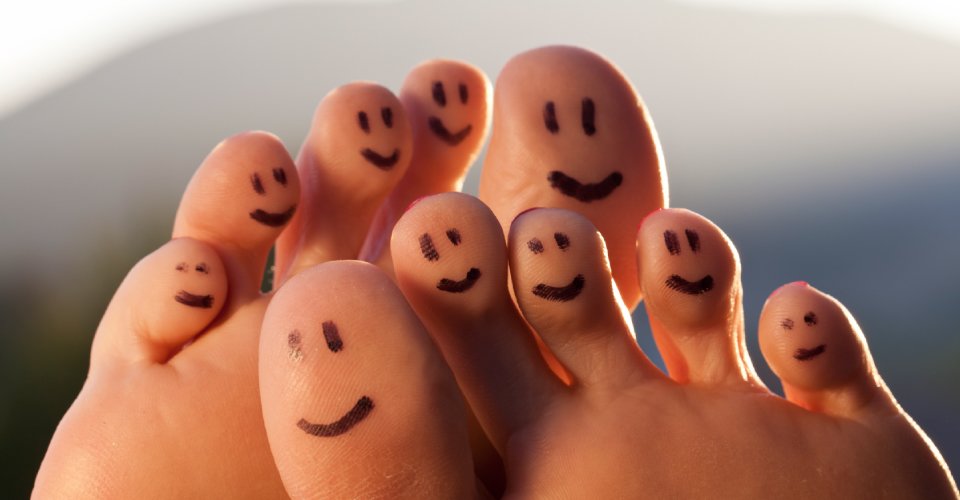
So it All Boils Down to This…
If the shoe is just a little too tight, or a little too loose, there are some lacing patterns you can use to help secure your feet. This article on Runners World demonstrates some effective ways to eliminate problem areas in your shoes.
To lessen the blister risk, get three things down:
- Length – As we mentioned, there should be a thumb widths worth of space between the long toe and shoe upper. Take this measurement when standing to get an accurate feel for the fit.
- Width – getting the width right means the side of your feet don’t overhang and push out against the material. At the same time you don’t want too much space width-wise. Check how the laces and the material they go through appear. If they're touching then your feet have no freedom to move. It’s important to check this when standing up.
- Adjustability – this is an overlooked yet important aspect of trainers which have a great fit. The laces count for a lot and help you get the support it needs thus preventing blisters and injury.

Follow these steps to get the best tie:
- Start with the last eyelets (holes for laces)
- Then give the lace-locking method a go for a great fit.
This diagram is good for pinpointing various problem zones and how a specific lacing pattern can help:
Here are some more tips you can try to lessen the blister risk:
- Buy Neoprene insoles or inserts to help your feet adapt to the force.
- Make sure you wear good socks – due to the repeated friction, your skin cells adapt causing your epidermis to thicken. A pair of wicking or synthetic socks guarantees a breathable journey and gives feet an optimal environment. Try to avoid cotton socks as they are highly absorbent so will soak up moisture and make the material more abrasive. This exasperates the issue of friction and adds to the rubbing motion.
- Try double layering – many runners enjoy wearing two socks. This is because the friction is then focused between the two sock layers instead of between your foot and the sock. If you want to double up its important you try it this way when you try on the socks in the first place. This way you’ll get a realistic feel for the everyday fit.
- Think about your climate: you’ll want to choose trainers depending on your environment too. If you’re in a humid country, you’ll want breathable mesh materials. If you’re somewhere which has consistent rainy spells, you’ll want quick-drying trainers with a good drainage system.
- Examine your running form: if you tend to get blisters in a certain location it may be worth examining how you run. Check your gait style and see how your foot moves in relation to your body. If your feet are out of sync then no amount of sock/shoe combinations will prevent blisters. When you perfect your running form, there should be an even amount of pressure on your feet and as a result friction will be reduced (depending on your pronation). We’ve posted a helpful infographic on how to perfect your running form.
- Avoid running with a blister: when the blister is present, you’ll likely change your running form to avoid feeling more pain. If this is the case, it’s best to rest as things may get progressively worse otherwise.
- Spray feet with deodorant – moisture can play such a big role in promoting/aggravating blisters. If you find your feet sweat a lot, it may be worth spraying them with deodorant before you start running.
We hope you’ve found enough information to lessen, or hopefully avoid the blister risk! It may come with the territory of running shoes and shoes in general but bearing these points in mind will help steer blisters away.

